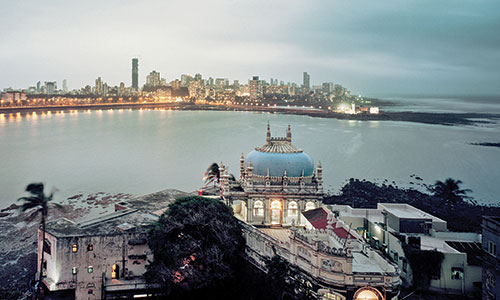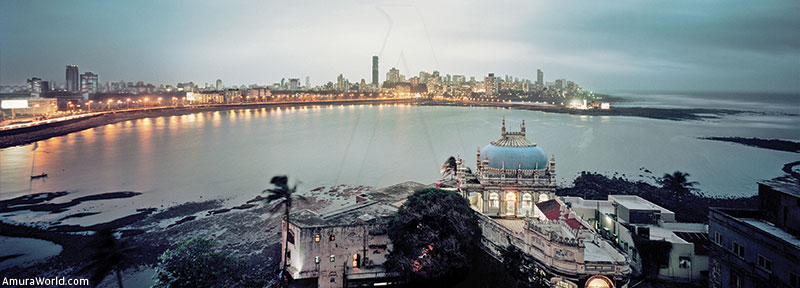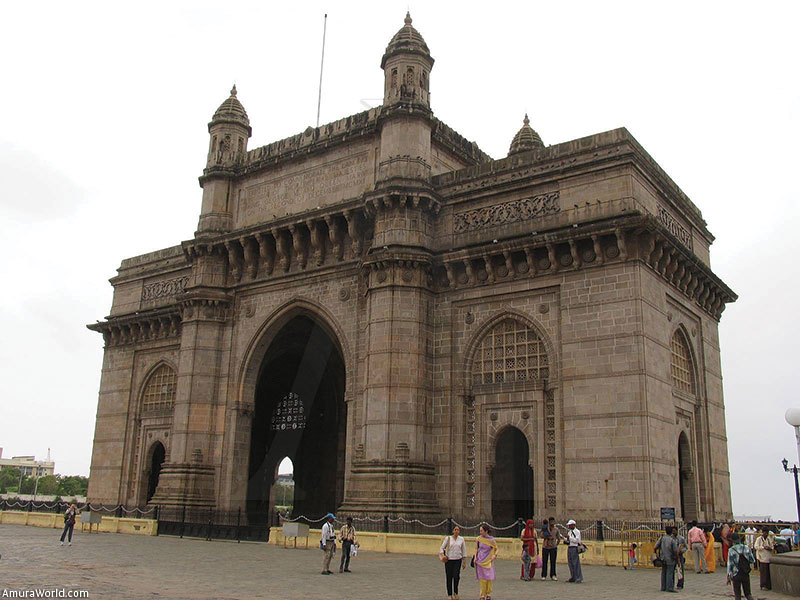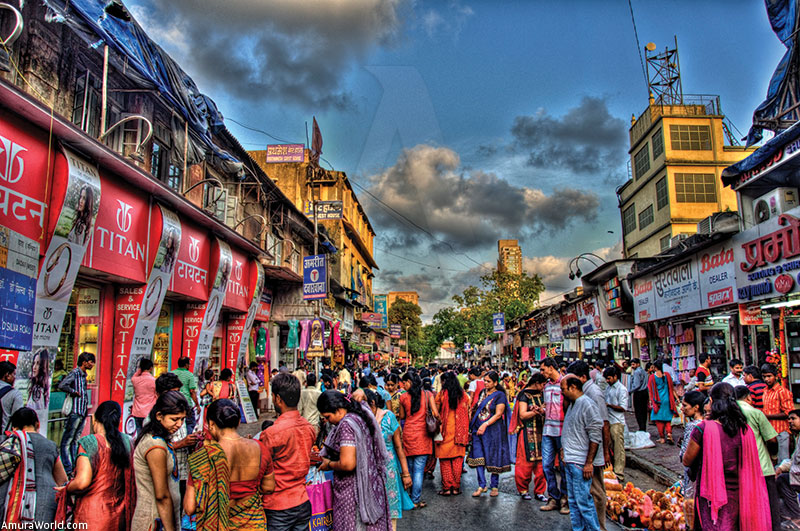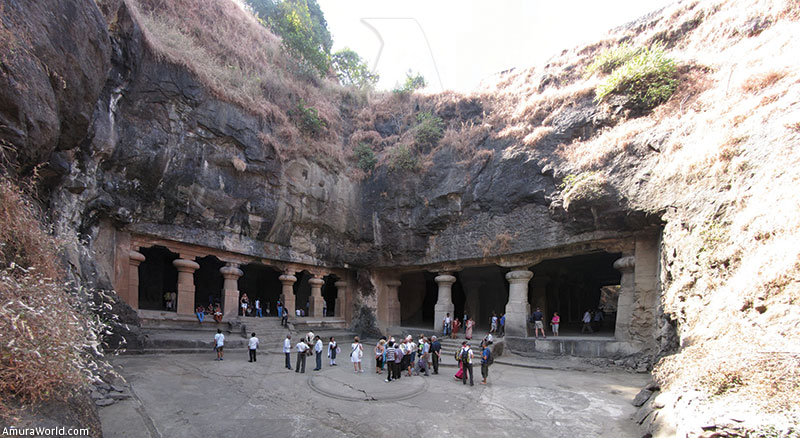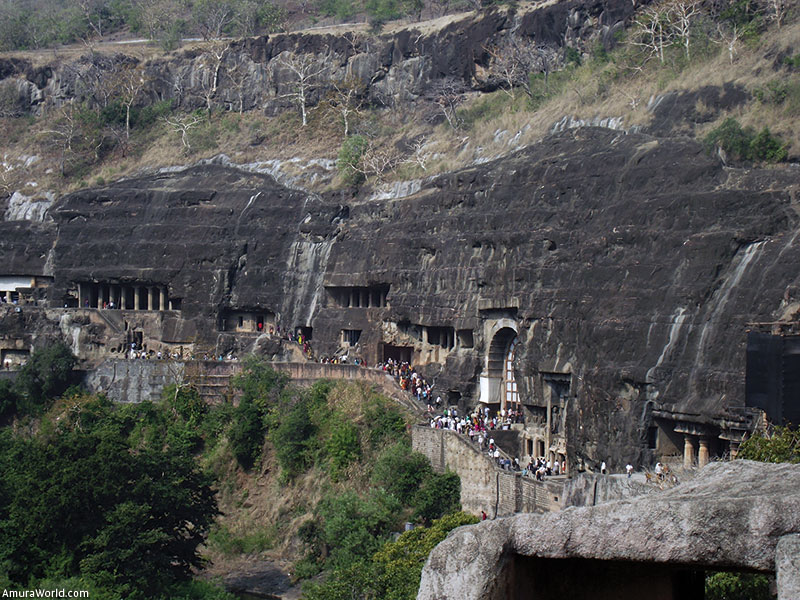Tips
- Mumbai is the capital of the federal state of Maharashtra, India. Its official currency is the rupee (INR), subdivided into 100 paise. In banks and authorized money exchange services the main currencies may be exchanged. It is illegal to exchange currency in the black market; it is also advisable to reject torn bills, for they will not be accepted in any other place but the Reserve Bank of India.
- A tourist visa is required to enter India the same as a passport valid for at least 6 months. Visas can be obtained in any Indian consulate in the foremost hometowns and are usually valid for 6 months.
- The Mumbai’s airport is 29 km north of the city, on a 90 minutes trip. One can arrive in the city by taxi cab or by EATS buses (public transport.) A car may be rented, with or without a chauffer, in Silver Cabs or Carzonrent. It is advised that passengers do not drive personally around Mumbai.
- Bombay has a tropical climate with two seasons: wet and dry. Between March and October, the summer months, the weather is warm and wet; monsoons flood the city mid summer, being July and August the months that suffer most during the monsoon period; and one should avoid traveling to Bombay in those months, there is too much wetness and the trip might be ill-starred. Between November and February, in the wintertime, the weather is dry and warm, with a few cold spells produced by cool winds.
- In order to travel to this city as a tourist, it is very recommendable going dressed in cotton and light clothing; though, in the wintertime, between November and March, it is advisable to wear warm clothes, especially for the nighttime. Shades would be very useful from May to September, in the rainy season; it is recommended not forgetting your umbrella and a good coat.
Tops
- India is a paradise of shopping, not just for the high quality merchandise, but because it becomes a whole ritual accompanied with tea to spent the time bargaining. We can acquire all kinds of clothing at a very inexpensive price, from cotton to silk and all kinds of textiles such as tapestry, bedspreads, carpets, etc. Jewelry is also very varied, with a lot to choose such as silver, gold and all kinds of precious stones.
- In Mumbai city let’s focus on several key zones, and refer to the foremost monuments, although the traveler must spent a couple of days to visit Elephanta Island and extend his or her visit to Ajanta and Ellora, being both compounds key to the sub-continent art.
- The Gateway of India, the grand basalt construction is the symbol of Bombay and the most known touristic attraction of the city. The Gateway of India, 26 meters tall, was built to commemorate the visit of King George of England and Queen Mary in 1911.
- The Indian cuisine, worldly renowned for its exotic sauces, comprises an immense variety of them, not restricted just to curry. The flavors of their cooking come from the spices, and various ingredients such as leafy vegetables, grains, fruits and legumes. Most of the spices were selected thousands of years ago for their medicinal features and not for their flavor. Many of them are antiseptic while others are for digestion.
Text: AMURA ± Photo: CEP / siemenes / tonemapped / Paolo Olvera / PAS

